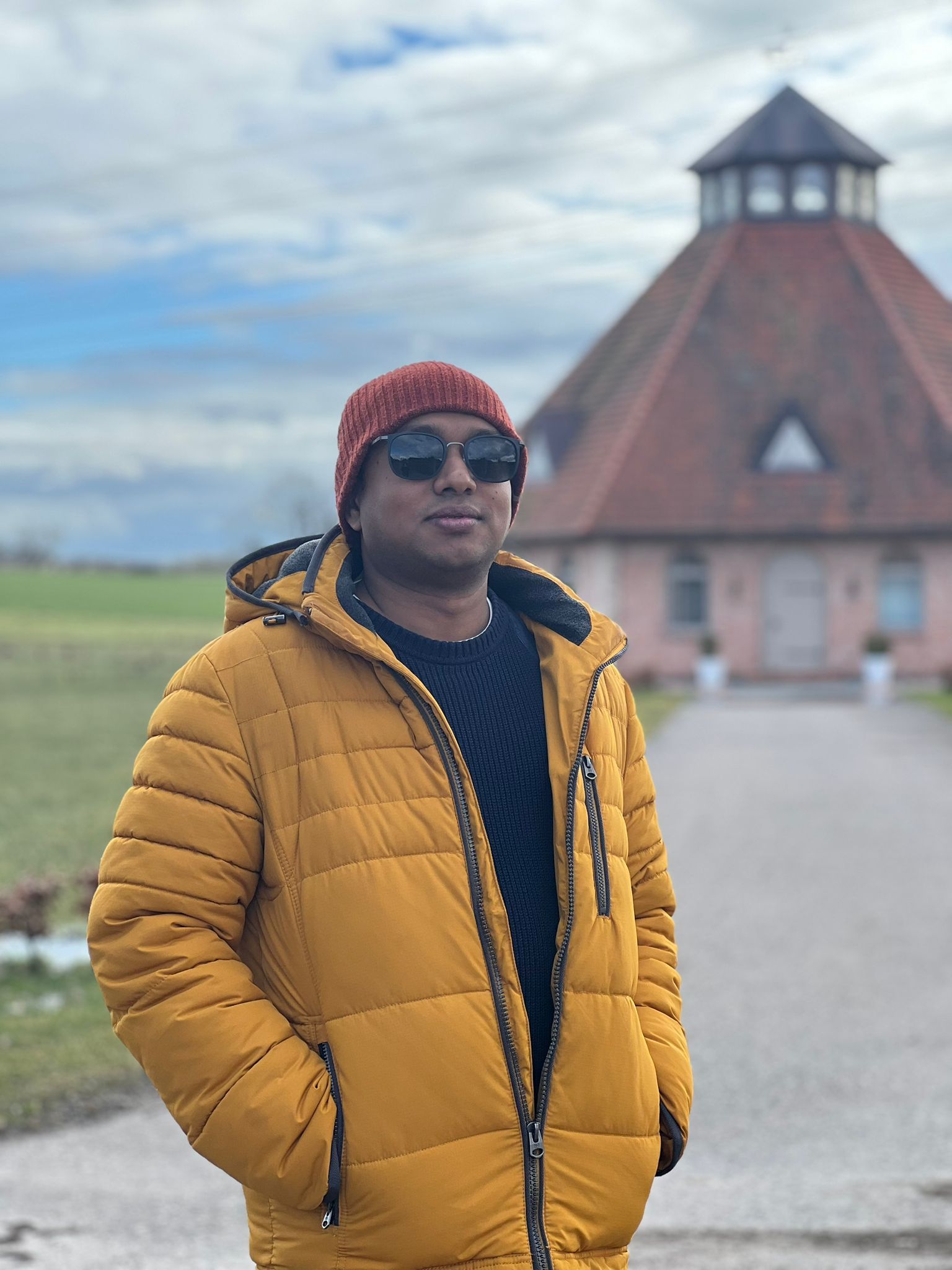Path Tracing Algorithm (Sampling)
Published:
(work in progress…)
Sampling is everywhere in path tracing algorithm as well as in all rendering algorithms that fit under global illumination category. It is the starting quality control checkpost for path tracer. According to Haines and M"oller from the Ray Tracing Gems Series (2019), “A well-designed sampling is complex, and it remains an active area of research”.
So, what are the different sampling areas for a path tracer? Honestly, a straight answer could be difficult. Different researchers have answered it differently in their lecture notes. For example, Morgan McGuire divided sampling into:
- Direct illumination/ Light source sampling (TU Wien)
- Indirect illumination
- Pixel area
Prof. Matthias Teschner classified into:
- Sampling of the solid angle/ hemisphere
- Pixel space sampling
- Sampling of the lens (defocus blur/ DoF/ depth sampling)
- Sampling of time
Prof. Jacco Bikker (Utrecht University), NL
- Sampling area lights (soft shadows?)
- Sampling the hemisphere (diffuse reflections)
- Sampling the pixel (AA)
- Sampling the lens (DoF)
- Sampling time (motion blur)
Prof. Jan Kautz, UCL:
- Light sources (soft shadows?i guess, hard shadow, meaning direct lighting)
- Hemisphere (indirect lighting)
- BRDF (glossy, specular reflection, should be subclass of hemisphere sampling)
- pixel: antialiasing
- Lens (DoF)
- Time (Motion blur)
Prof. Pat Hanrahan (Stanford)
- reflection function produces a blurred reflection
- transmission function produces blurred transmission
- solid angle of light sources produces penumbras and soft shadows
- path accounts for interreflection
- in wavelength simulates spectral effects, e.g., dispersion
- a pixel over prefilters the image and reduce aliasing
- the camera aperture produces DoF
- in time produces motion blur
